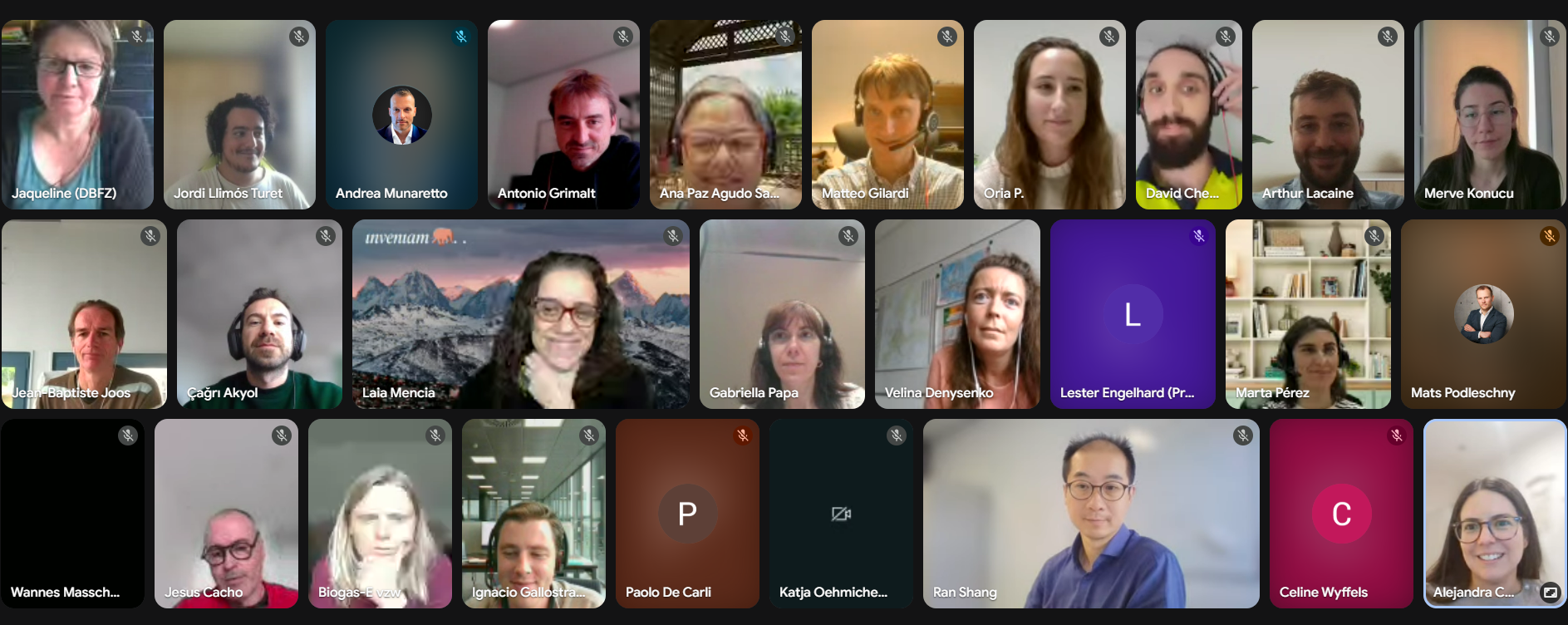SEMPRE-BIO’s 5th General Assembly
An up-to-date overview from Spring 2025
The SEMPRE-BIO consortium met online for our 5th General Assembly on Thursday, May 22. This online meeting sought to check our progress and better coordinate the future of our work on turning residue into biomethane.
Since our last meeting in Denmark back November 2024, quite a bit has happened. So where are we on moving from building to producing?
The simple answer is we’re almost there but still need a few steps. We’ve worked through some problems with permit delays, equipment supply issues and construction hiccups. But what matters is we’ve worked through these matters and every pilot plant will be operational by July. Keep reading to understand what’s going on in each front.
Where each site stands
CS1 is still in build mode. They’ve redesigned the plant for better performance and started construction, but they’re waiting for final components to arrive.
CS2 has made strong progress. After redesigning their reactors to improve flow and simplify the process, they’ve installed the pyrolysis equipment and plan to start operations in June. Now, they’re moving on to commissioning the biomethanation component and a few final installations to bring everything together by July.
CS3 is the furthest along. Their plant is fully built and they’ve already completed their first tests using pure methane. They’re now transitioning to actual biomethane production. Next steps include verifying all production stages, calibrating the system, checking the quality of both the biomethane and captured CO2, and wrapping up with team training once testing is complete.
Beyond plants
While the pilot plants grab most attention, our CO2 valorisation work is quietly making progress:
- Biobased materials from CO2: The team has scaled up fermentation systems that convert CO2 and hydrogen into useful biochemicals and biopolymers. Early tests led to a lab-scale System that now produces PHA – a biodegradable plastic – from the bacteria Cupriavidus necator.
- CO2 to protein: We’re exploring how photosynthetic organisms can turn captured CO2 into alternative proteins. Outdoor trials with Parachlorella kessleri, a green microalga, have shown strong results, particularly in essential amino acid content. Early lab tests are also underway with purple bacteria, adding another potential pathway for turning captured CO2 into valuable biomass.
What’s next
Our eyes are set on July. That’s when construction ends and production begins across all sites. After months of planning and building, we’ll finally see residue becoming clean biomethane through our pilot operations, and captured CO2 used to produce bioplastics and proteins.

Author: Lucía Salinas
Date: May, 2025


This project has received funding from the European Union’s HORIZON-CL5-2021-D3-03-16 program under grant agreement No 101084297. Views and opinions expressed are however those of the author(s) only and do not necessarily reflect those of the European Union or the European Commission. Neither the European Union nor the granting authority can be held responsible for them.

